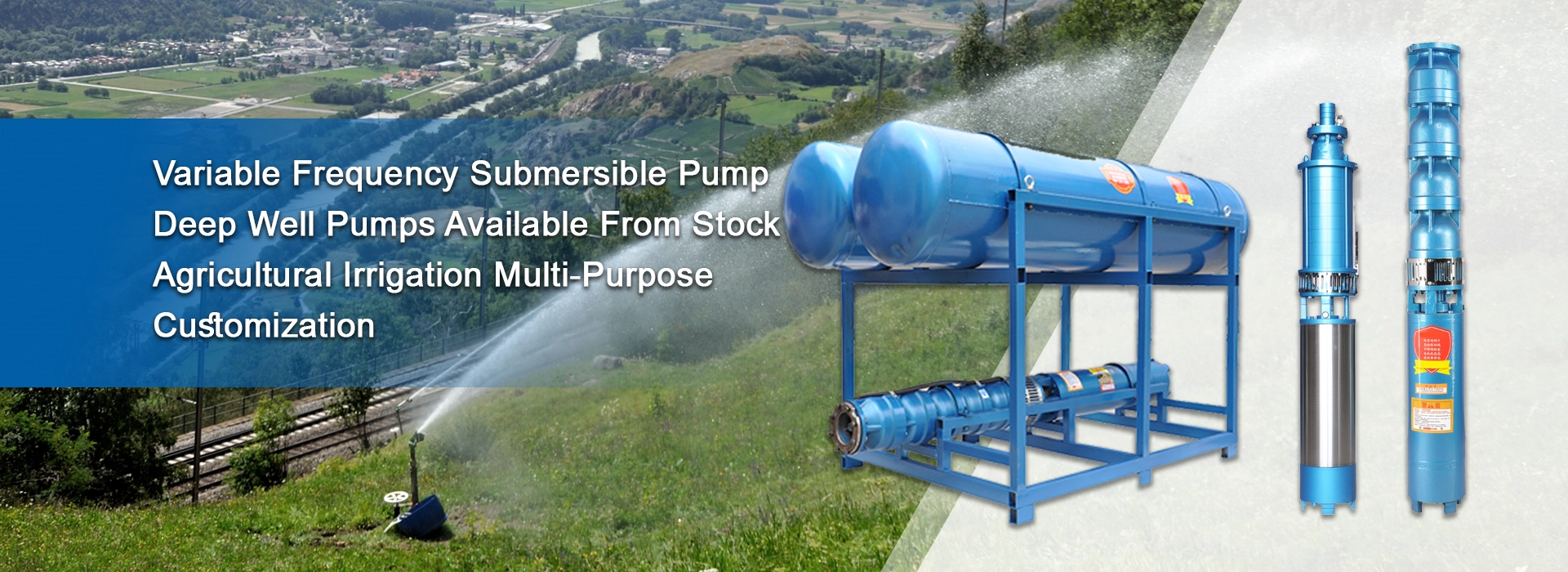Sep . 02, 2024 08:18 Back to list
Submersible Well Pumps - Efficient Water Solutions for Residential and Agricultural Use
Understanding Submersible Well Pumps A Comprehensive Overview
Submersible well pumps are vital components in the field of water extraction, often utilized for agricultural, industrial, and residential purposes. These pumps are specifically designed to operate underwater, making them particularly efficient for drawing water from deep wells. Their unique construction and operational mechanisms allow them to perform optimally in environments where traditional pumps might struggle.
How Submersible Well Pumps Work
Unlike surface pumps that draw water from above, submersible well pumps are submerged in the well and work by pushing water to the surface. The pump consists of a motor, pump stages, and a discharge pipe. The motor is hermetically sealed to protect it from water, and it is typically located at the bottom of the pump. When activated, the motor drives an impeller, creating a centrifugal action that propels water upwards through the discharge pipe.
Design and Structure
The typical submersible pump features a multi-stage design, which allows it to achieve higher pressures and lift water from greater depths. Each stage consists of an impeller followed by a diffuser, which helps in maintaining the pressure and flow rate. The materials used in manufacturing these pumps are crucial; they are often constructed from stainless steel, thermoplastics, or cast iron to ensure resistance against corrosion and wear, especially when extracting water that may contain minerals or contaminants.
Applications of Submersible Well Pumps
Submersible well pumps can be found in various applications. In agricultural settings, they are commonly used for irrigation, ensuring crops receive adequate moisture even in drought conditions. In residential areas, these pumps supply water for domestic use, including drinking, cooking, and sanitation. Additionally, they are essential in industrial applications, such as mining and construction, where water management is critical.
submersible well pumps

Advantages of Submersible Well Pumps
One of the main advantages of submersible well pumps is their efficiency. They can operate at greater depths than many surface pumps, often reaching depths of several hundred feet. This depth capability makes them an ideal solution for areas with low groundwater levels. Furthermore, submersible pumps are less prone to cavitation, a phenomenon that can damage traditional pumps. The sealed design also minimizes the risk of air entering the system, further enhancing operational efficiency.
Another benefit is their compact design. Since submersible pumps are encased in a single unit, they require less surface area for installation and can be positioned deeper into the well, making them less obtrusive in residential or rural settings.
Maintenance and Considerations
While submersible well pumps are robust, they still require regular maintenance to ensure longevity and performance. Users should regularly inspect electrical connections, check for wear on seals and bearings, and monitor the quality of the water being extracted. Poor water quality can lead to premature wear and tear on the pump components.
Installing a submersible well pump also requires careful consideration of factors like well depth, flow rate, and the specific water needs of the property. It’s advisable to consult with professionals who can provide guidance on selecting the right pump and carrying out proper installation procedures.
Conclusion
In summary, submersible well pumps are an essential technology for water extraction across various sectors. Their efficiency, ability to work at great depths, and compact design make them a preferred choice for many users. Proper maintenance and careful installation are crucial to maximize their lifespan and effectiveness, ensuring a reliable supply of water for all usability needs. As technology advances, the design and functionality of these pumps continue to improve, promising even greater efficiency and reliability in the future.
-
Submersible Water Pump: The Efficient 'Power Pioneer' of the Underwater World
NewsJul.01,2025
-
Submersible Pond Pump: The Hidden Guardian of Water Landscape Ecology
NewsJul.01,2025
-
Stainless Well Pump: A Reliable and Durable Pumping Main Force
NewsJul.01,2025
-
Stainless Steel Submersible Pump: An Efficient and Versatile Tool for Underwater Operations
NewsJul.01,2025
-
Deep Well Submersible Pump: An Efficient 'Sucker' of Groundwater Sources
NewsJul.01,2025
-
Deep Water Well Pump: An Efficient 'Sucker' of Groundwater Sources
NewsJul.01,2025
-
 Submersible Water Pump: The Efficient 'Power Pioneer' of the Underwater WorldIn the field of hydraulic equipment, the Submersible Water Pump has become the core equipment for underwater operations and water resource transportation due to its unique design and excellent performance.Detail
Submersible Water Pump: The Efficient 'Power Pioneer' of the Underwater WorldIn the field of hydraulic equipment, the Submersible Water Pump has become the core equipment for underwater operations and water resource transportation due to its unique design and excellent performance.Detail -
 Submersible Pond Pump: The Hidden Guardian of Water Landscape EcologyIn courtyard landscapes, ecological ponds, and even small-scale water conservancy projects, there is a silent yet indispensable equipment - the Submersible Pond Pump.Detail
Submersible Pond Pump: The Hidden Guardian of Water Landscape EcologyIn courtyard landscapes, ecological ponds, and even small-scale water conservancy projects, there is a silent yet indispensable equipment - the Submersible Pond Pump.Detail -
 Stainless Well Pump: A Reliable and Durable Pumping Main ForceIn the field of water resource transportation, Stainless Well Pump has become the core equipment for various pumping scenarios with its excellent performance and reliable quality.Detail
Stainless Well Pump: A Reliable and Durable Pumping Main ForceIn the field of water resource transportation, Stainless Well Pump has become the core equipment for various pumping scenarios with its excellent performance and reliable quality.Detail
